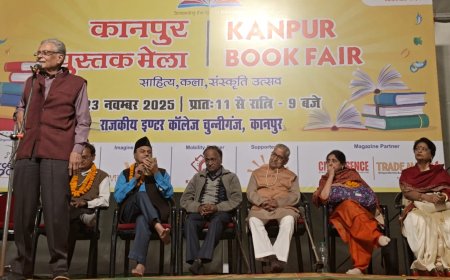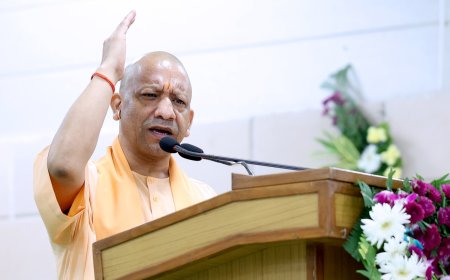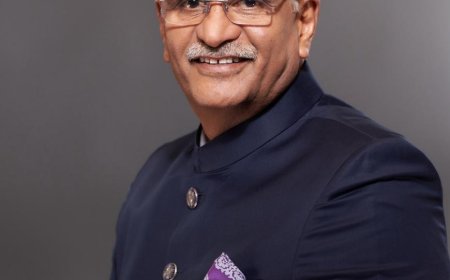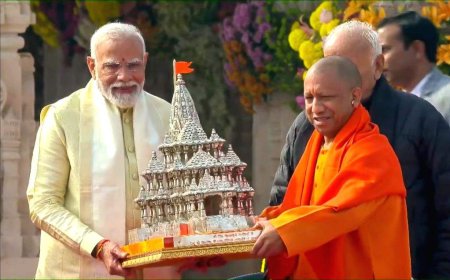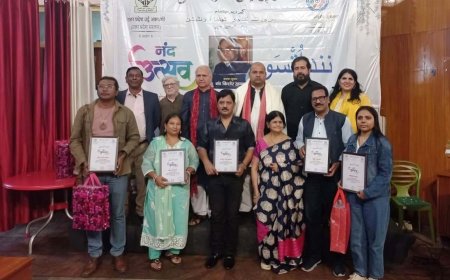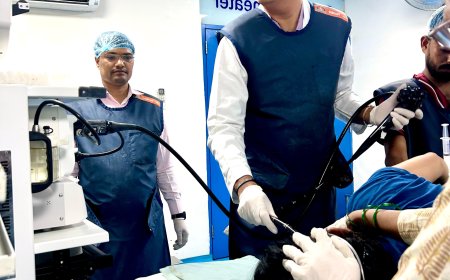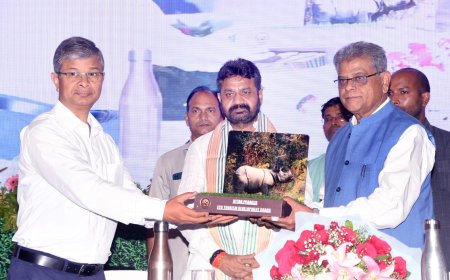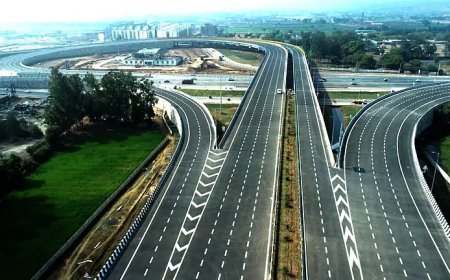Kashmir’s Tourism Dream Shaken Again
Kashmir’s Tourism Dream Shaken Again

A recent terror attack in Pahalgam, one of Kashmir’s most beloved tourist destinations, has sent tremors through the valley, not just in fear but in economic despair. Nestled in the Anantnag district of Jammu and Kashmir, Pahalgam—known for its lush meadows and pine-scented breeze—turned into a site of chaos when a group of tourists was targeted by militants.
The attack, which left several injured and two dead, has rekindled memories of the valley’s darker days and raised urgent concerns about the safety and viability of Kashmir’s already fragile tourism industry.
Panic in Paradise
As the news of the attack spread, a wave of cancellations hit hotels, guest houses, and tour agencies across the region. “We were fully booked for the spring season, but in the last 48 hours, nearly 80% of those bookings have been canceled,” said Mohammad Yousuf, a hotel owner in Pahalgam who’s been in the hospitality business for 20 years. “It took years for trust to return. One attack, and we’re back to square one.”
Tour operators in Srinagar echoed the same sentiment. “We had three international groups scheduled to arrive next week. All of them have pulled out,” said Rabia Qadri, who runs a local travel agency. “The financial hit is enormous, but what’s worse is the psychological toll. People are scared again.”
Tourism: A Lifeline Cut Short
Tourism in Jammu and Kashmir contributes nearly 8% to the region’s Gross State Domestic Product (GSDP) and employs thousands directly and indirectly. For many, the industry is not just a source of livelihood—it is survival.
“This attack has not only scared away tourists, but it has also plunged local families into financial insecurity,” said Dr. Saima Nisar, an economist at Kashmir University. “From ponywallahs to artisans, every link in the tourism chain suffers.”
Ghulam Nabi, a shikara owner on Dal Lake, described how the news of the attack brought business to a sudden halt. “For three days, not a single tourist came. My boat is just floating there. No income, no food on the table.”
A Historical Decline Revisited
The effects of terrorism on Kashmir’s tourism industry aren’t new. The numbers tell a heartbreaking story:
- In 1988, the valley welcomed 720,000 tourists.
- By 1991, the number had dropped to 6,287 due to escalating violence.
- Between 1989 and 2002, the state lost 27 million tourists, resulting in a revenue loss of approximately $3.6 billion.
The aftermath of the Pahalgam attack threatens to derail the modest recovery the industry has seen over the last few years.
Security Measures Under Scrutiny
Despite a heavy security presence in tourist zones, the Pahalgam incident has cast doubts on the effectiveness of current protocols.
“The fact that militants could target tourists so close to a known tourist hub is a red flag,” said Col. (Retd.) Rajeev Malhotra, a counter-terrorism analyst. “This isn’t just a failure of security—it’s a lapse in intelligence and coordination.”
Local law enforcement has ramped up presence, but many believe more needs to be done. “Checkpoints and patrols help, but what we need is a community-driven safety net,” said DIG South Kashmir, Altaf Bhat. “People should feel secure from the moment they step into the valley.”
Foreign Advisories and Their Fallout
The attack has also triggered fresh travel advisories from several countries. The UK, Canada, and Germany have all urged citizens to avoid non-essential travel to Jammu and Kashmir.
This international response further compounds the problem. “Once foreign governments issue advisories, it takes years to reverse them,” said Rabia Qadri. “The perception of Kashmir as unsafe is reinforced, regardless of what’s actually happening on the ground.”
Collateral Damage: Handicrafts and Houseboats
The fallout extends beyond hotels and shikaras. Kashmir’s world-renowned handicraft industry—from papier-mâché and walnut wood carving to Pashmina shawls and silk carpets—is also taking a hit. With fewer tourists, artisans lose their prime clientele.
“We haven’t had a single sale in two days,” said Arif Hussain, a 28-year-old artisan in Srinagar. “This is our season. If it goes, we wait another year.”
Similarly, nearly 1,094 houseboats in Dal Lake, Nigeen Lake, and River Jhelum are facing dire straits. Many have been rendered idle as tourists cancel bookings en masse.
A Plea for Peace
Despite the grim atmosphere, local leaders and business owners are appealing for calm and urging tourists not to turn away.
“We understand the fear, but we assure you, the valley is not what the headlines make it seem,” said Farooq Ahmad, a senior official from the Anantnag district. “We are working round the clock to enhance safety. The people of Kashmir want peace as much as anyone else.”
The Road Ahead
The Pahalgam terror attack is a brutal reminder that Kashmir’s journey back to normalcy is still fragile. It underscores how a single act of violence can unravel years of effort to restore faith in the valley.
For the tourism industry to thrive again, a multi-pronged approach is needed—stronger security, better coordination between agencies, supportive government policies, and above all, peace.
Until then, Kashmir’s dream of welcoming the world with open arms remains heartbreakingly out of reach.
What's Your Reaction?











